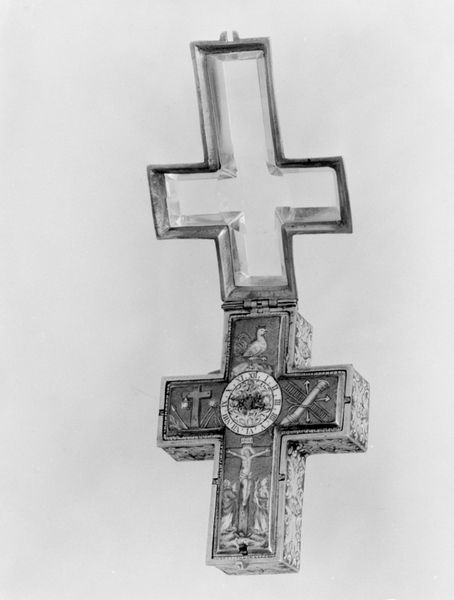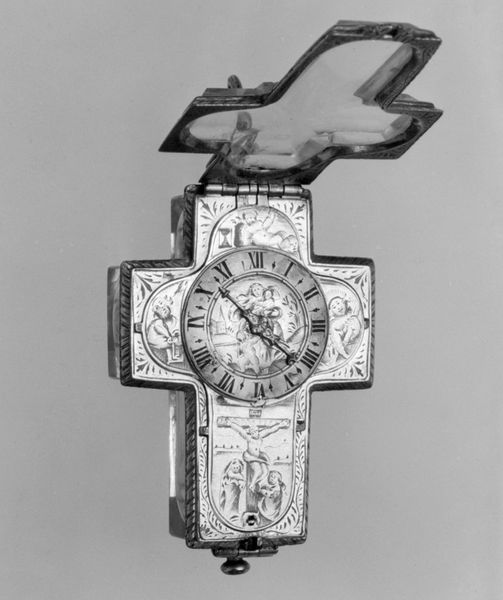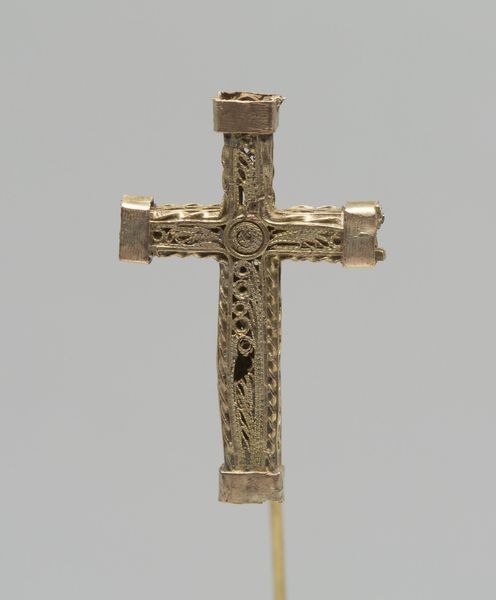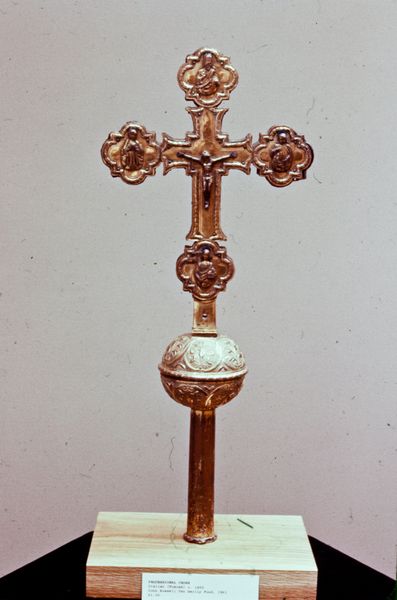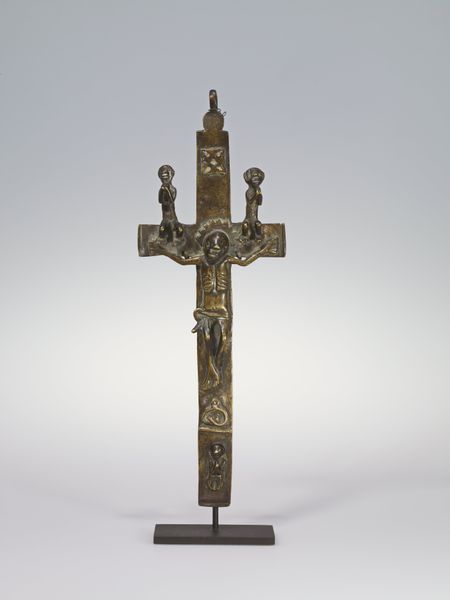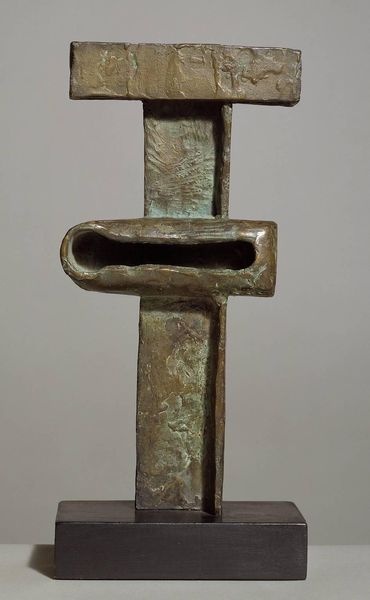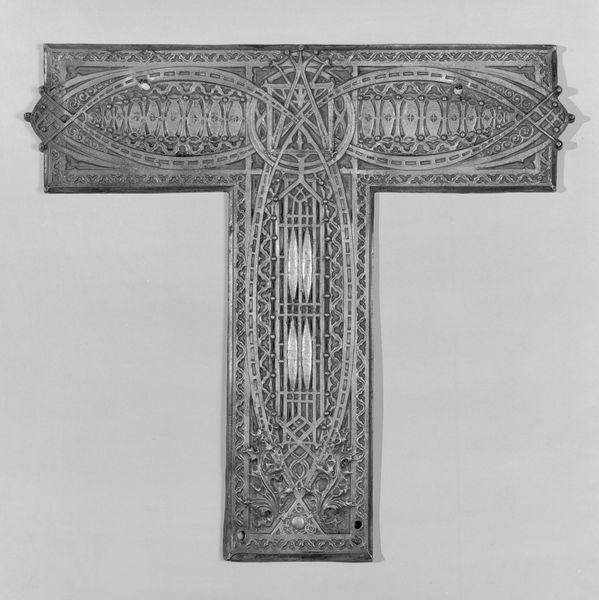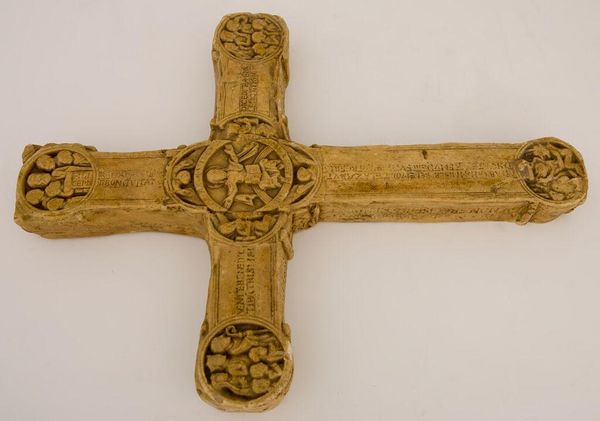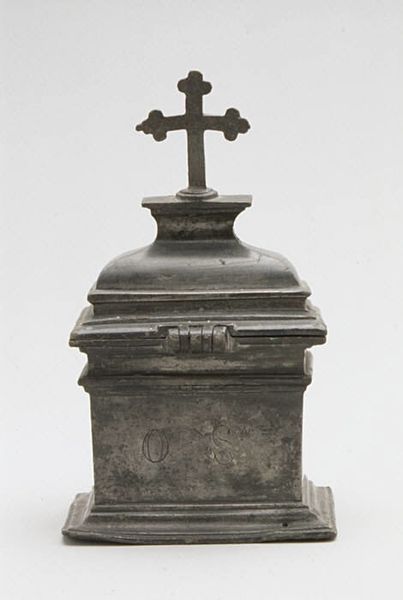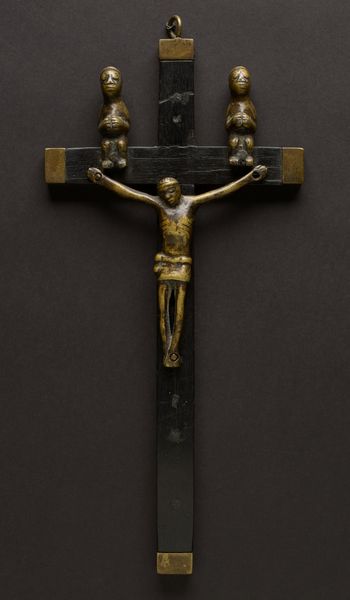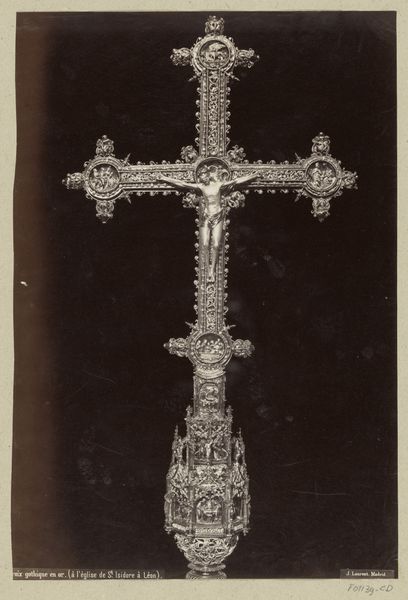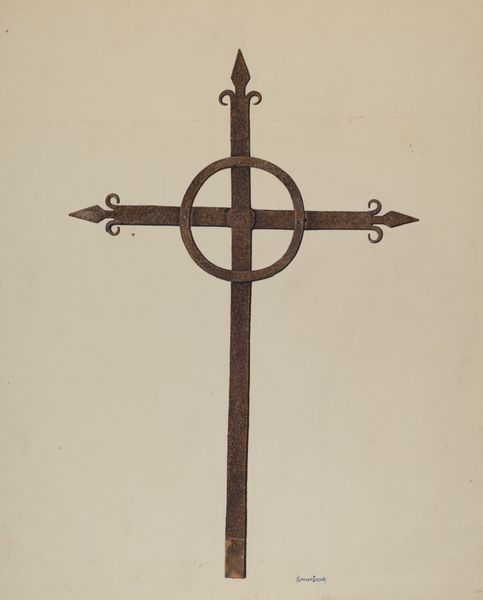
metal, sculpture, ivory
#
metal
#
sculpture
#
11_renaissance
#
sculpture
#
decorative-art
#
ivory
Dimensions: 2 x 1-1/4 in. (5.1 x 3.2 cm)
Copyright: Public Domain
Editor: Here we have a “Watch” from the 16th century, residing at the Metropolitan Museum of Art. It's made of metal and ivory. It looks almost like a religious object, but it's also a functional timepiece! What can you tell me about how time was perceived during this era? Curator: This watch being both beautiful and functional reveals a fascinating intersection of religion, science, and status. Timekeeping was deeply intertwined with religious practices, structuring prayers and rituals. Wealthy patrons often commissioned such intricate pieces to showcase their erudition and social standing. The cross shape itself suggests a divine order, but its precise mechanisms signify the rise of empirical observation and human mastery over the cosmos. How do you think the display of such an item affected social hierarchies at the time? Editor: It makes me think of the ways art continues to reinforce and represent socioeconomic classes. Knowing who commissioned it would be crucial. It’s not merely about telling time, but about power. Who saw this piece? Did it travel from owner to owner through gift or inheritance? Curator: Exactly! Understanding its provenance would unlock further narratives about the object’s journey through history and its fluctuating value. Imagine the hands that held this, the conversations it overheard, and the spaces it occupied. This watch silently reflects evolving social dynamics, religious upheavals, and even technological advancements. What does this watch whisper about today? Editor: It’s funny, it reminds me that timepieces, regardless of wealth, give everyone a reference point of today. The common experience! Curator: An astute observation. Although initially symbols of privilege and religious significance, the standardization and accessibility of timepieces demonstrate how scientific progress has transformed into social leveling. Fascinating to consider how cultural objects initially serve as boundary markers and then gradually become shared points of reference. Editor: I didn't consider how technological innovation leads to changes in society so consistently. Curator: Exactly, the museum serves as a wonderful case study on these phenomenon, as artworks represent the cultural shifts underway at various times.
Comments
No comments
Be the first to comment and join the conversation on the ultimate creative platform.
